INTERACTION WITH YOUNG ENGINEERS OF VSSC, THIRUVANANTHAPURAM
28-07-2005 : Thiruvananthapuram
Some experiences in my Missions
I am delighted to interact with the young engineers of the VSSC. My greetings to all of you. Since you have taken space science and space technology as a career, you may consider the following principles as a foundation for fulfilling your dream. Thinking beyond our planet is an essential trait. The thought itself elevates the person. The person is transformed into a creative state. Creativity indeed is the foundation of discovery and inventions.
I would like to share with you some of my experiences in ISRO and DRDO. First my experience with my teacher Prof Satish Dhawan.
The design teacher Prof. Satish Dhawan
When I was working in Aeronautical Development Establishment at Bangalore in the year 1958, I took up the development of Hovercraft. Hovercraft design needed the development of a ducted contra- rotating propeller for creating a smooth flow balancing the torques. I did not know how to design a contra-rotating propeller though I knew how to design a conventional propeller from MIT aeronautical course. Some of my friends told me that I can approach Prof. Satish Dhawan of Indian Institute of Science, who was well known for his aeronautical research, for help in designing the ducted contra-rotating propeller.
I took permission from my Director Dr. Mediratta and went to Prof. Satish Dhawan who was sitting in a small room in Indian Institute of Science with lot of books in the background and a blackboard on the wall. Prof. Satish Dhawan asked me what was the problem that I would like to discuss? I explained the problem to Prof. Dhawan about my project work. He told me that it is really a challenging task and he would teach me the design if I attend his classes in IISc between 2.00 p.m. to 3.00 p.m. on all Saturdays for the next Six weeks. He was a visionary teacher. He prepared the schedule for the entire course and wrote it on the black board. He also gave me the reference material and books I should read before I start attending the course. I considered, this as a great opportunity and I started attending the discussion and started meeting him regularly. Before commencing each meeting, he would ask critical questions and assess my understanding of the subject. That was for the first time I realized how a good teacher prepares himself for teaching with meticulous planning and prepares the student for acquisition of knowledge. This process continued for the next six weeks. I got the capability for designing the contra-rotating propeller. Prof. Dhawan told me that I am ready for developing the contra-rotating propeller for a given hovercraft configuration. Then I realized that Prof. Satish Dhawan was not only a teacher but also a fantastic development engineer of aeronautical systems.
Later, during the critical phases of testing Professor Dhawan was with me to witness the test and find solutions to the problems. After reaching the smooth test phase, contra-rotating propeller went through 50 hours of continuous testing. Prof. Satish Dhawan witnessed the test himself and congratulated me. That was a great day for me when I saw the contra rotating propeller designed by my team performing to the mission requirement in the hovercraft. However, at that time, I did not realize that Prof. Satish Dhawan would become Chairman, ISRO and that I would get the opportunity to work with him as a Project Director in the development of satellite launch vehicle SLV-3 for injecting the Rohini Satellite into the orbit. Nature has its own way to link the student?s dream and the real life later.
That was the first design in my career which gave me the confidence to design many complex aerospace systems in later years. The hovercraft could fly just above the ground level carrying two passengers. I was the first pilot for this hovercraft and I could control and maneuver the vehicle in any direction. Through this project I learnt the techniques of designing and developing the contra-rotating propeller. Above all, I learnt that in a project, problems will always crop up; we should not allow problems to be our masters but we should defeat the problems. Then successes will sparkle.
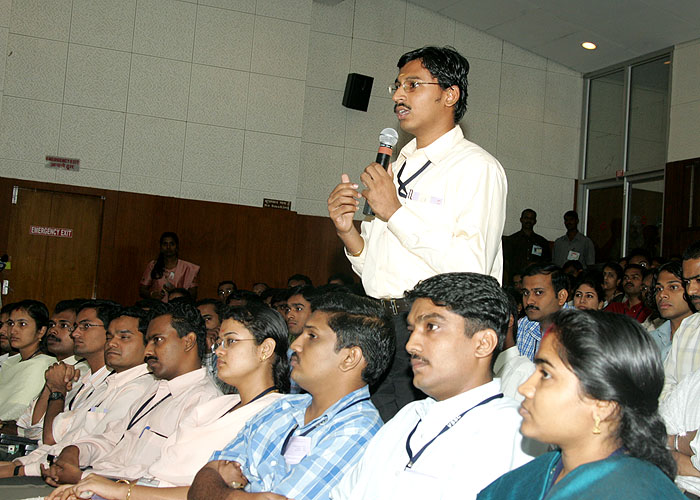

Supercomputer Development
The Integrated Guided Missile Development Programme was launched in the year 1983. This programme had five projects including Project AGNI. AGNI is a re-entry vehicle requiring a validated design of a structure which can withstand a temperature of 3000 degree centigrade during re-entry to the atmosphere at a speed of 14 mach number. As there was no hypersonic tunnel to test this configuration there was a need for a high level fast computing system for design validation of the re-entry structure. With conventional main frame computers available at that time, each iteration was taking 9 days of computing (CPU Time) and it was expected that finalization of the design would take more than five years for about 200 iterations. Therefore, the designers requested for the availability of a supercomputer to cut down the design validation time.
At that time the CRAY XMP Supercomputer was popular and one was available in India with IMD for weather forecasting. Since the computer was not available for any other use under agreement with US Government, Dr.V S Arunachalam the then Scientific Adviser to Defence Minister and myself went on a mission to Washington. We met the US Defence Secretary and requested him to permit sale of a supercomputer. The Defence Secretary offered us a good lunch and talked so nice words and at the end refused to sell the CRAY XMP supercomputer. When we landed back in India a decision was taken to start Advance Numerical Analysis Research Group (ANURAG) at Hyderabad to undertake development of a parallel processing computer (PACE) in 24 months under the leadership of Dr G Venkataraman, deputed from Indira Gandhi Centre for Atomic Research(IGCAR). Also a team of young scientists was given the responsibility to develop new CFD (Computational Fluid Dynamics) codes for faster computation of the flow analysis around the re-entry structure. Both teams, within 24 months realized PACE+ supercomputer and advanced software for CFD resulting iteration time reduction to 5 minutes. The PACE+ developed by the team was with 1.7 G Flop speed, which is 20 times faster than CRAY XMP which was refused to us. Technology denied is technology gained. Now we have PACE 128 in operation in many work centres.
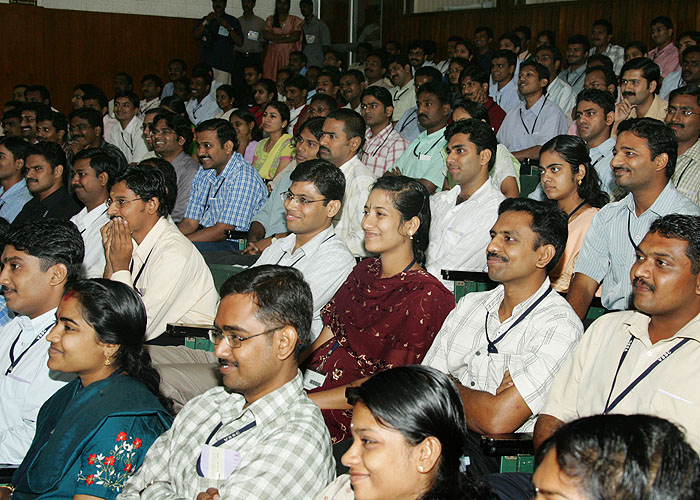

Empowering the Young Scientists
I remember an incident with Prof. Vikram Sarabhai during the 1960?s. There were a few scientists and technologists, whom Dr. Sarabhai nurtured. I would like to share with you how he nurtured them. Whenever he comes to Trivandrum, I used to discuss with him the proposal for the development of Composite Products. At that time I was in the initial stages of my career as rocket engineer, with less than 2 years of experience in ISRO.
Similarly, there was Dr. SC Gupta, a specialist in guidance and Dr. Amba Rao a specialist in Aerospace structures. In spite of our being just introduced into the organisation with few years of experience, noticing our interest in development of certain materials and systems Dr. Sarabhai funded for the creation of laboratories. He created fibre composite laboratory based on my proposal, which later became Reinforced Plastic Centre. He created Gyro laboratory centered on the expertise of Dr. Gupta, which later became Guidance Laboratory and space structures laboratory centered around Dr. Amba Rao, which later become advanced dynamics group. These centres became the centres of excellence and incubated many advanced technology missions that fed critical inputs to space programme. Once the potential of the young scientist is understood, the heads of the organisation must invest on them boldly irrespective of the positions of the scientists and their age considerations. If this philosophy is pursued with sincerity the research would flourish and youth would be encouraged to embrace science.
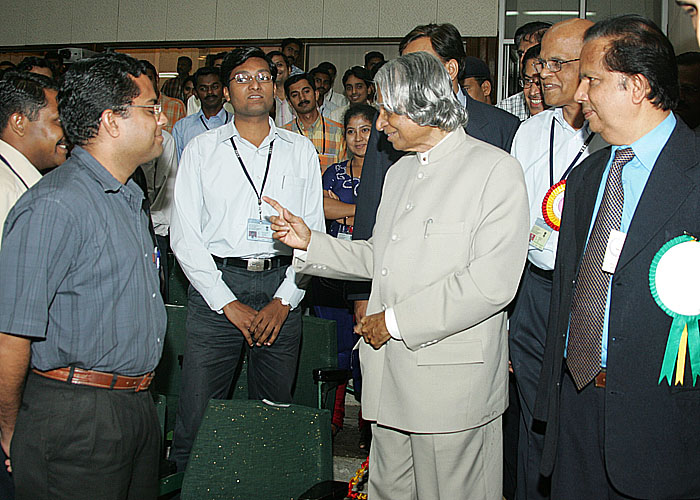

Leader sees far into the future
When I joined ISRO in 1962 I was appointed as a rocket engineer to experiment payloads with various sounding rockets. One of the important projects assigned to me was preparing the pyro jettisoning system of the nose cone carrying X-ray payload for upper atmospheric studies carried out by PD Bhavsar. I had conducted several ground tests to prove the jettisoning system and was confident that it will work when the whole experiment is demonstrated to Prof Vikram Sarabhai, during one of his quarterly visits. Prof Vikram Sarabhai?s coming was a big event at that time and everyone prepared experiments for nearly three months to prove one?s talent before him. I was getting ready with two pay loads for demonstration tests. Nearly at midnight Sarabhai came and the tests were carried out. To my great disappointment the first test failed. I checked and rechecked within the short time available to me. The second test also failed. Prof Vikram Sarabhai left the scene without making any remarks. I was under terrific shock. I was working the whole night analyzing the reasons for the failure and preparing a handwritten report. I realized it was a quality and reliability related problem.
The next day morning I got a call to see Prof Vikram Sarabhai. I was nervous and thinking that I would be required to explain the reasons for the failure. I entered Prof Sarabhai?s room. A good smile from Prof Sarabhai welcomed me and he gave me a paper approving the Rocket Integration Laboratory. That was the beginning of the System Integration Laboratory of Launch Vehicle Programme.
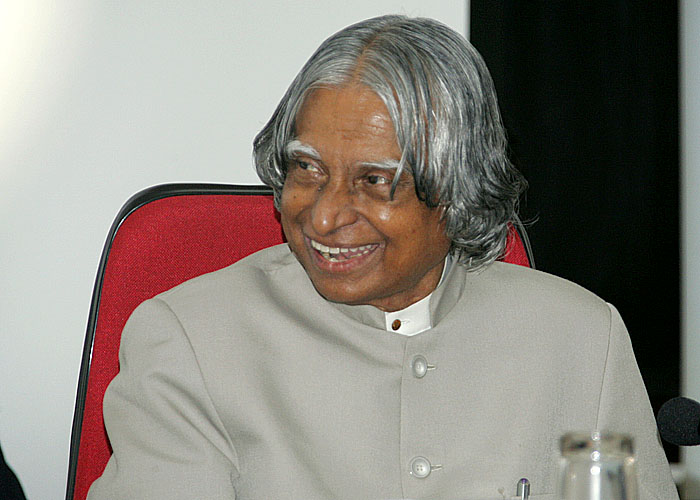

Conclusion: Creative Leadership
For success in all missions we need creative leaders. Creative leadership means, exercising the vision to change the traditional role from the commander to the coach, manager to mentor, from director to delegator and from one who demands respect to one who facilitates self-respect. I am sure creative leadership spearheads all the institutions and the future aspiring institutions. For realizing the next generation space vision the important thrust will be the growth in the number of creative leaders amongst you who can lead the organisation to success at difficult and challenging times.
My best wishes to all the young engineers of VSSC for success in your missions.
May God bless you !
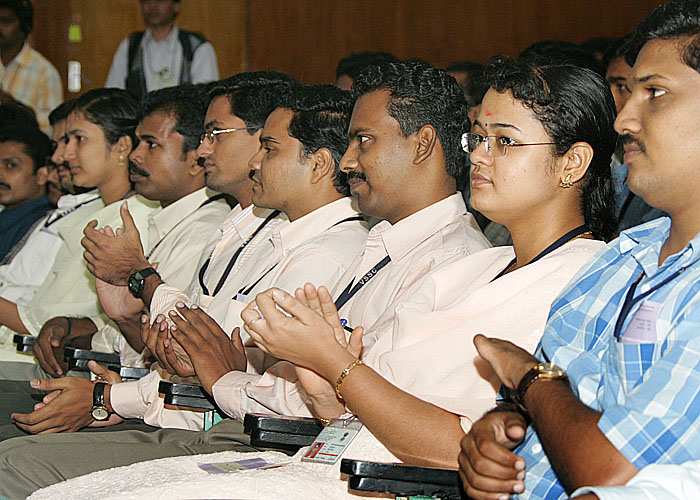
<<Back
|